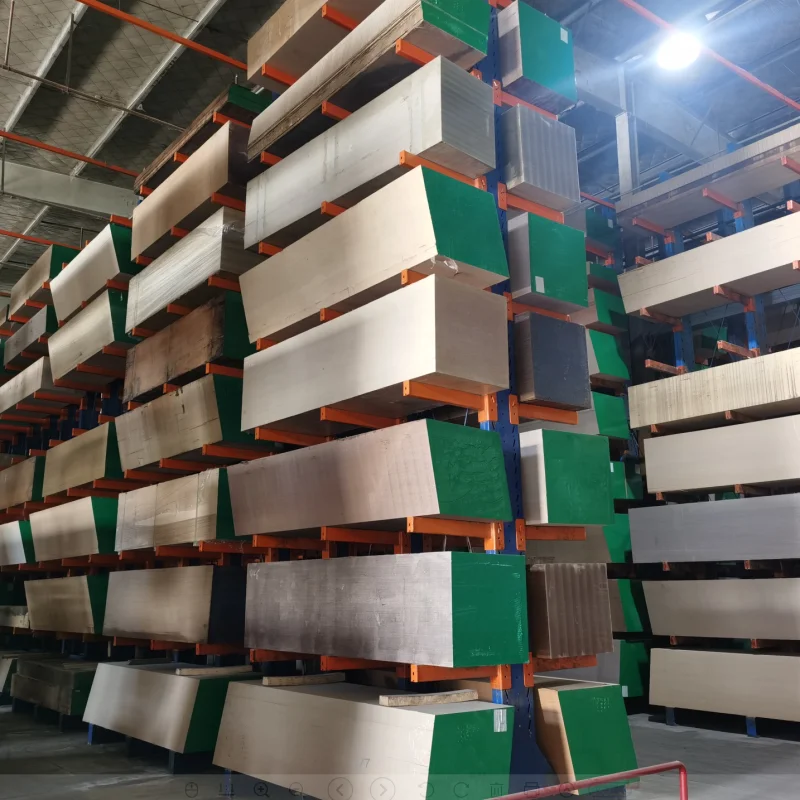
Advantages of Blending Veneer in Mixed-Material Interiors
Blending veneer into mixed-material interiors offers several advantages. One benefit is the ability to create a harmonious balance between different textures and finishes. For example, combining the smoothness of glass or metal with the natural grain of wood veneer can add depth and visual interest to a room. Veneer also allows for customization, as it comes in a variety of wood species, colors, and finishes. This makes teak natural veneer plywood it easy to match the veneer to other elements in the space, creating a cohesive design. Additionally, veneer is a sustainable choice, as it is often made from renewable resources and can be recycled or repurposed.
How to Achieve a Seamless Blend of Veneer in Interior Design
To achieve a seamless blend of veneer in interior design, it's important to consider the overall aesthetic of the space. Start by selecting a veneer that complements the other materials in the room. For example, if you have metal accents, you may want to choose a veneer with a similar finish to tie everything together. Additionally, consider the scale and proportion of the veneer elements in relation to the rest of the space. Large veneer panels can make a bold statement, while smaller accents can add subtle texture. Finally, pay attention to the lighting in the room, as it can play a big role in highlighting the beauty of the veneer. By carefully blending veneer with other materials and paying attention to detail, you can create a cohesive and visually appealing interior design.
Common Issues When Blending Veneer in Mixed-Material Interiors:
When it comes to blending veneer into mixed-material interiors, there are some common issues that can arise. One of the main challenges is ensuring that the different materials complement each other seamlessly. If not done correctly, the final look spliced veneer can appear disjointed and uncoordinated. Another issue is finding the right balance between the different textures and colors of the materials. It's important to create a cohesive look that is visually appealing and harmonious. Additionally, selecting the right type of veneer that works well with other materials can be tricky. Different types of veneer have unique characteristics that may not always work well with certain materials.
Tips for Mixing Veneer with Other Materials in Interior Design:
To overcome these challenges and create a stunning mixed-material interior design with veneer, there are several tips to keep in mind. First, start by selecting a dominant material or color that will serve as the focal point of the design. This veneer splicing will help guide your choices when selecting complementary materials, including veneer. Next, consider the texture and finish of the veneer in relation to the other materials in the space. Mixing contrasting textures can add visual interest and depth to the design. Additionally, use veneer strategically to highlight architectural features or create visual contrast in the space. Finally, don't be afraid to experiment with different combinations until you find the perfect balance that enhances the overall look of the room.
What Are the Benefits of Using Veneer in Mixed-Material Interiors?
Using veneer in mixed-material interiors offers several benefits. One of the main advantages is the versatility of veneer, as it can be easily customized to suit different design styles and preferences. Veneer also adds a touch of warmth and natural beauty to the space, creating a welcoming and inviting atmosphere. Additionally, veneer is a durable and long-lasting material that can withstand daily wear and tear, making it a practical choice for high-traffic areas. Finally, veneer is a sustainable option, as it is made from renewable resources and can be recycled at the end of its lifespan. Overall, incorporating veneer into mixed-material interiors can elevate the design aesthetic and create a unique and visually appealing space that is both stylish and functional.